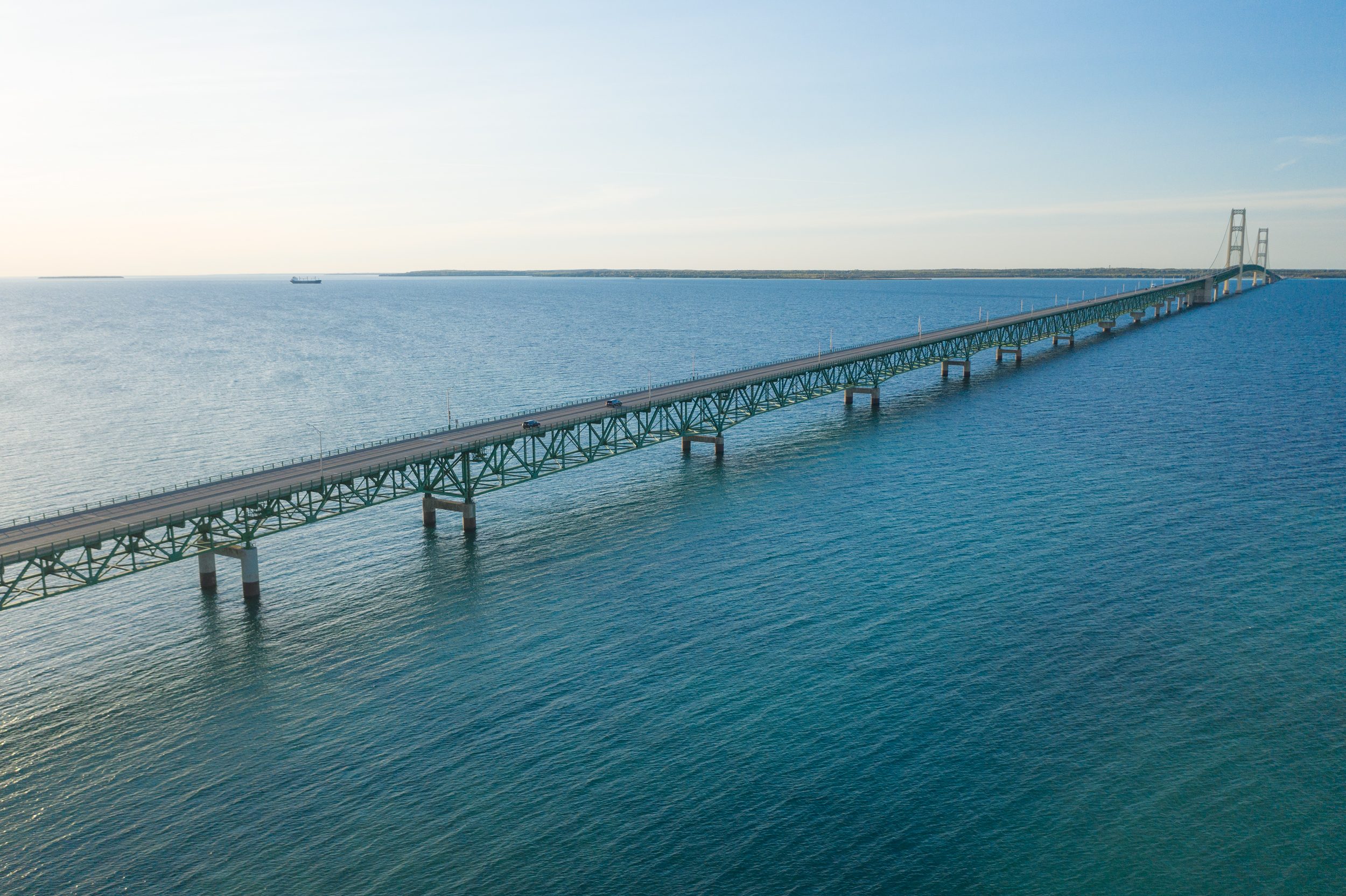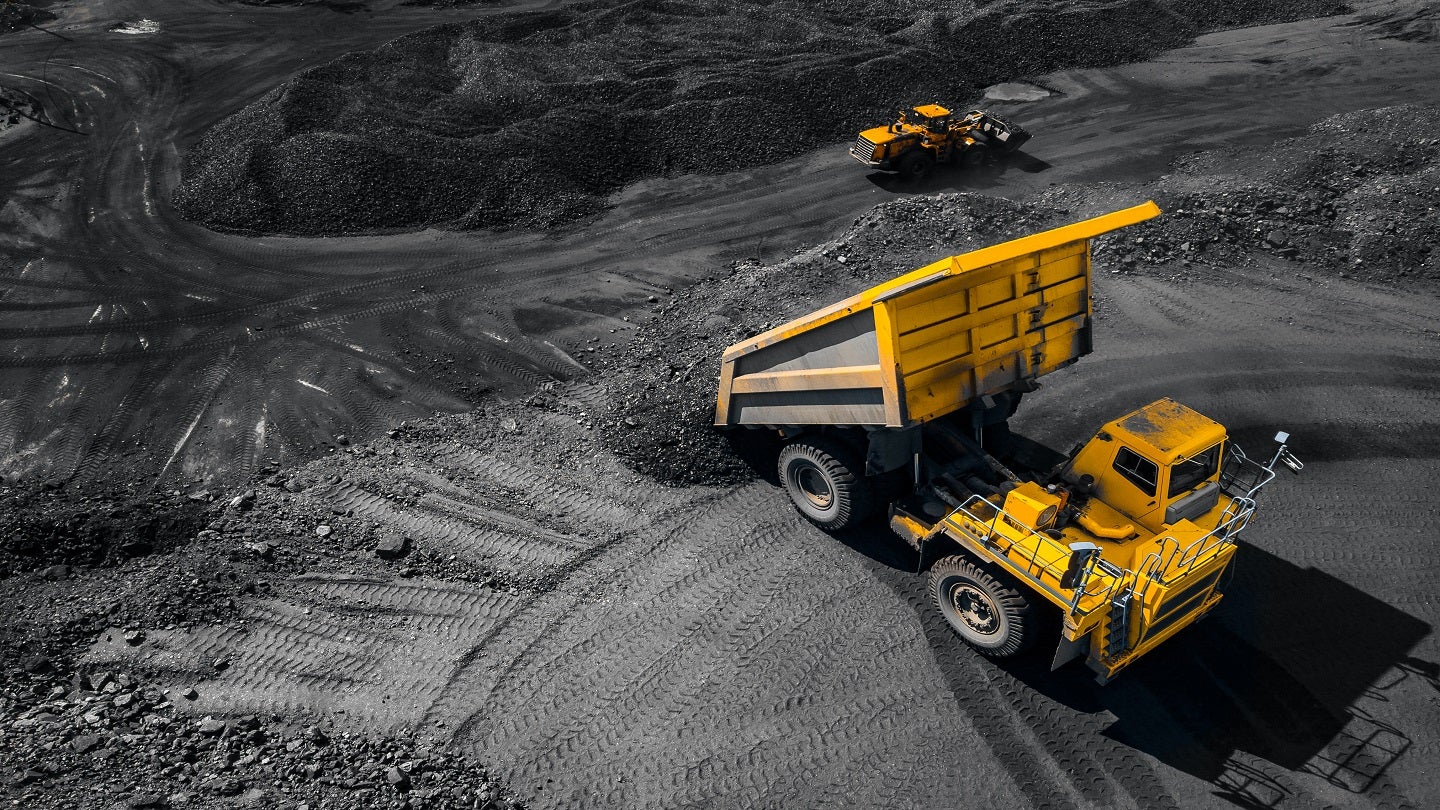Michigan regulators give green light to Enbridge Line 5 tunnel

In December, Michigan’s Public Service Commission approved a US$500 million project to replace about seven kilometres of the existing Line 5 pipeline underwater in the Straits of Mackinac with a new pipeline housed in a concrete tunnel far beneath the lakebed.
“The commission recognized the reality, which is the public needs the Line 5 tunnel and the products it transports,” says Jason Hayes, director of environmental policy at the Mackinac Centre for Public Policy.
“This is how it is supposed to work, although it took more than three years to get there.”
An energy lifeline
The existing Enbridge Line 5 pipeline has operated since 1953. It moves up to 87 million litres of crude oil and natural gas products for use daily between Superior, Wisconsin and Michigan, Ohio, Ontario and Quebec.
“The average person doesn’t always understand how crucial it is. We do in Sarnia,” says Scott Archer, business agent for UA 663, a local union that representing pipe fitters and welders who work in refineries and petrochemical facilities in Sarnia, Ontario.
“Line 5 is the lifeline for Ontario and also provides feedstock for refineries in Quebec. All of our refineries receive their feedstock from it. It’s what provides vehicle fuel for private and public transportation. Trucking and the railroads rely on it. Our agriculture industry uses it to dry crops.”

The 1,600 members of UA 663 understand that continued operation of Line 5 doesn’t just affect them or their families, Archer says.
“It’s really the entire region,” he says.
“We have 70,000 people who live in this town and almost all of them depend on Line 5 to feed their families and keep a roof over their head.”
The project approval means just as much in Michigan and Ohio, where the Enbridge network supplies refineries in Detroit and Toledo, as well as propane throughout the region.
“Michigan uses more propane than any other state in the lower 48,” Hayes says.
“About 55 per cent of the propane that heats homes and cooks food in our state goes through Line 5 and comes from Sarnia. Half of the jet fuel used at the Detroit International Airport comes from Line 5 feedstock. It’s essential to keep our state going.”

Additional approvals required
The tunnel project will need the approval of the Army Corps of Engineers at the federal level before Enbridge can start construction. The Army Corps is completing its environmental impact assessment, expected for completion in 2026.
Michigan’s attorney general Dana Nessel also continues to pursue court action in an effort to shut Line 5 down.
“The commission’s decision is still a big win,” Hayes says.
“[It] acknowledges the reality for regular people in Michigan and Ontario, who need fossil fuels, and the products made from them, in their day-to-day lives right now. It makes no sense to oppose a project that seeks to make it safer to transport them.”
Share This:




